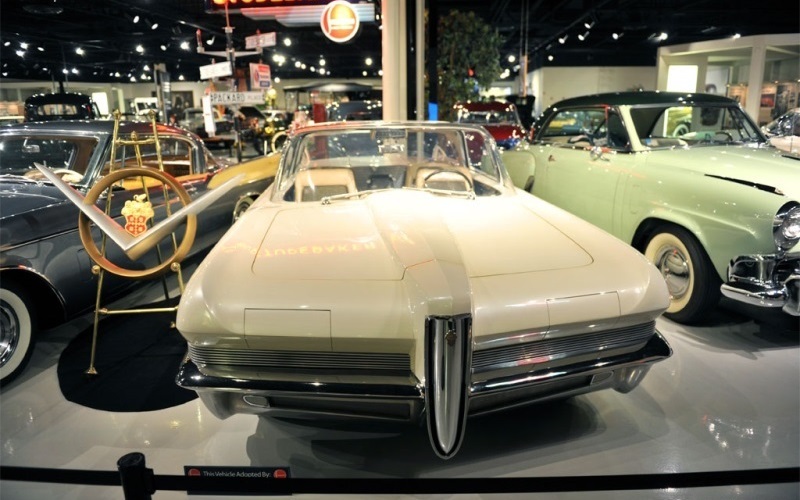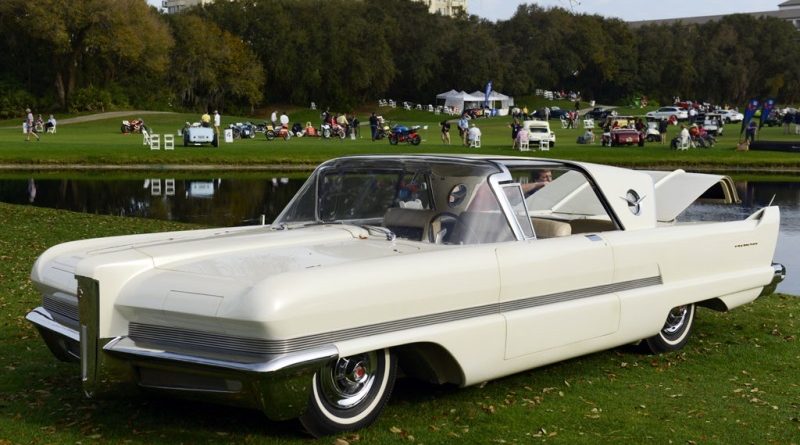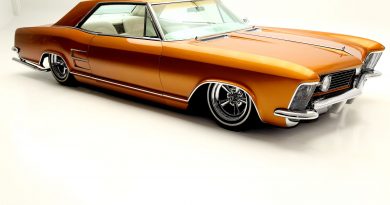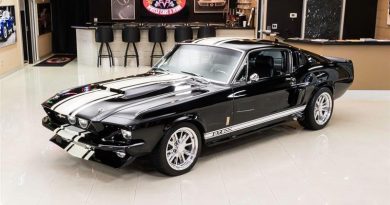1956 Packard Predictor
If ever a concept car was ill-timed and wrongly named, then Packard’s 1956 Predictor is it.
The fully operational hardtop coupe was intended to point the way to the future for the luxury American brand.
It was supposed to excite potential buyers and subdue the rapidly growing anxieties, of the company’s dealers and bankers, about the financial wisdom of Packard’s 1954 takeover of the cash strapped Studebaker.
Instead, it heralded the end of the line for “real” Packards.

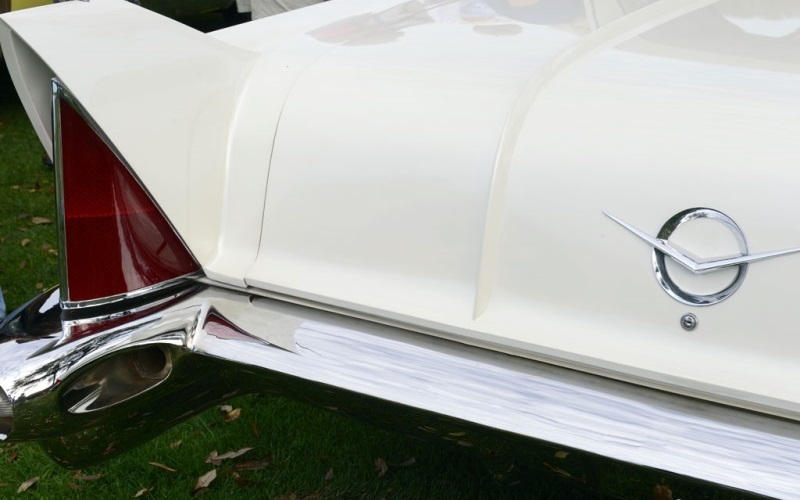
The Packard Predictor was one of the company’s last triumphs. The Predictor’s design is credited to Richard Teague and it was built on a stock Clipper chassis by Ghia. Ghia completed the project in an amazing 90 days, just in time for the Predictor to debut at the 1956 Chicago Auto Show. It was created to ‘gauge public opinion on concepts in product improvement and advancement under study by Packard-Clipper product planners,’ according to company officials. ‘The Predictor is not a dream car, nor is it next year’s Packard.’ Instead, the Predictor ‘offers a realistic approach to functional styling’. One of the Predictor’s most visible features is its electrically operated T-tops. The back-glass is also electrically operated as are the headlight doors and side windows. It features retractable roof panels, a retractable rear window, and Packard’s push-button Ultramatic transmission. Power is from a 374 cub-inch V8 engine offering 290 horsepower.
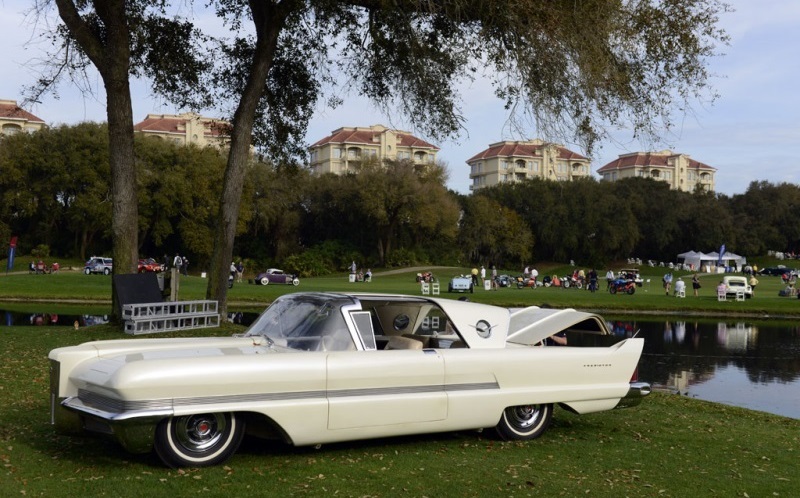
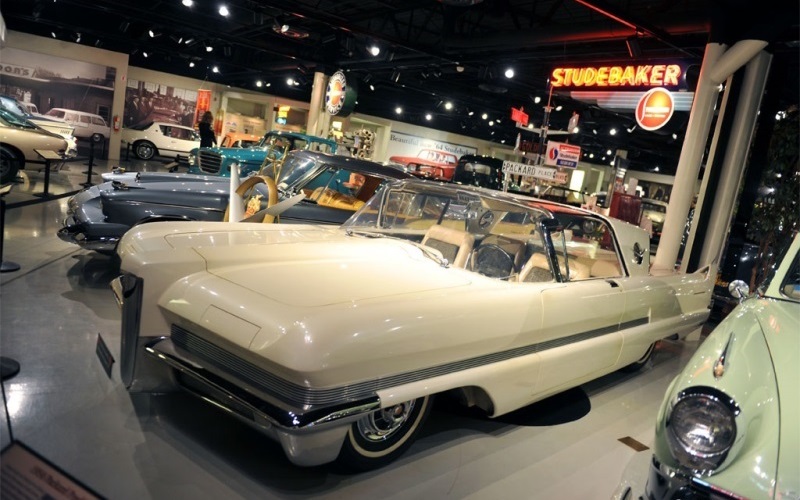
The interior features an aircraft theme. Four bucket seats are separated by a console that houses many of the switches that activated the windows, headlights and roof panels. Other switches were located on an overhead panel, reinforcing the in-flight sensation.

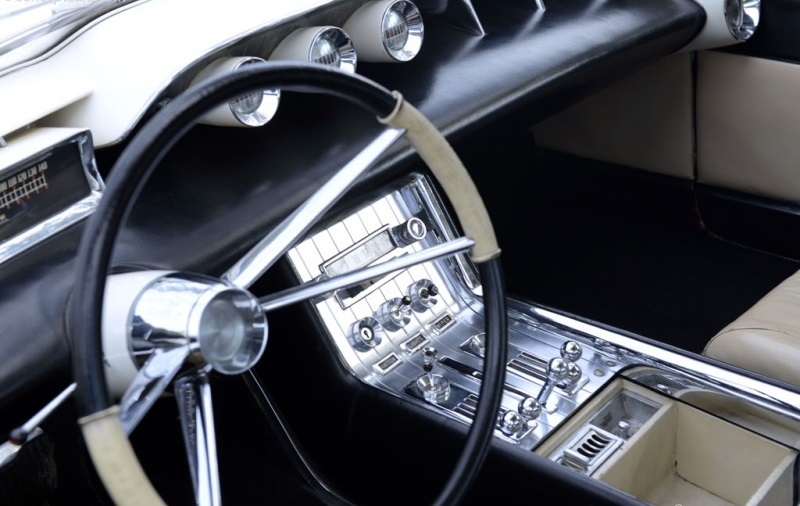
The seats have reversible covers: leather on one side, fabric on the other. Strangely, the front seats have no fore and aft travel, but they swivel to, supposedly, make it doubly easy to enter and exit. However, contemporary reports complained that the low height, dog leg A pillar and fixed seats made it very difficult to get in and out of the car.

Also, in the Packard-Studebaker design studios at the time was Duncan McRae, who would later style the 1959 Studebaker Lark and then move to Ford USA and end up as Ford Australia’s design chief in mid-1969.
Other Packard-Studebaker alumni included the legendary John Z. DeLorean, who was a senior engineer.

James Nance left the company in 1956 and went to Ford to head up the Mercury-Edsel-Lincoln division. He departed Ford 1959 in the wake of the Edsel’s falling sales.
Was it just co-incidence that the Edsel had a Predictor-like upright grille?
